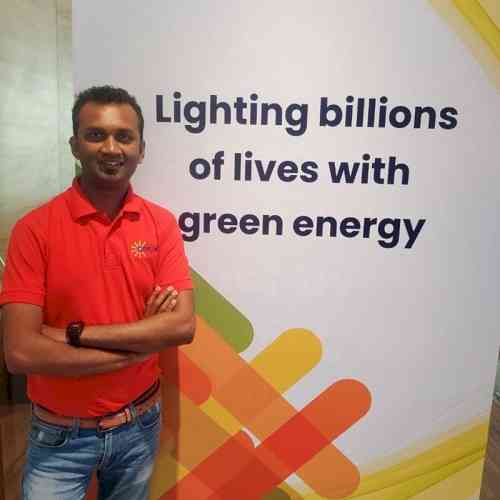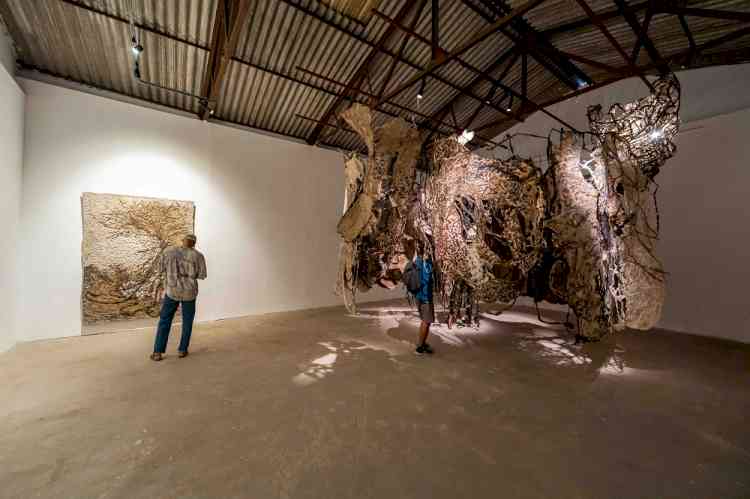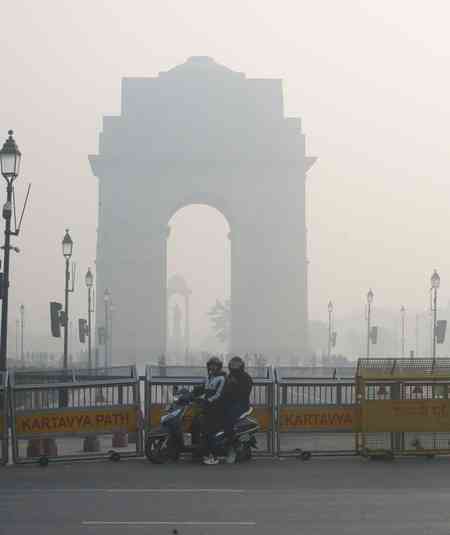Breast Self-Exams: Your Key to Early Cancer Detection
When it comes to health, many people think they only need to see a breast exam doctor or visit a cancer hospital in India if they already notice something is wrong. But the truth is, some of the most powerful tools for early detection start at home, long before any symptoms appear. One of these tools is the breast cancer self-exam, a simple but meaningful practice that helps individuals become familiar with how their breasts normally look and feel.

by Dr. Jagannath Dixit, Senior Consultant - Surgical Oncology, Aster RV Hospital
When it comes to health, many people think they only need to see a breast exam doctor or visit a cancer hospital in India if they already notice something is wrong. But the truth is, some of the most powerful tools for early detection start at home, long before any symptoms appear. One of these tools is the breast cancer self-exam, a simple but meaningful practice that helps individuals become familiar with how their breasts normally look and feel.
Breast self-exams are not about replacing professional care. Instead, they give people a way to stay alert and take note of any changes, making sure they can seek help quickly if something feels different.
The Right Time: When Should You Do It?
When you do a breast cancer self-exam really makes a difference. If you get your period, check your breasts about a week after your cycle ends. Your breasts are usually not as tender and swollen during this time, so it’s easier to detect if there is a change.
If you’re not menstruating, it helps you to pick the same date each month for assessment, such as the first or last day, to get used to it. Watching your health closely allows you to recognise changes and patterns.
How to Perform a Breast Self-Exam
Many people wonder how to do this correctly or worry they might make mistakes. The process is straight forward and can be done in a few familiar settings, i.e. in front of a mirror, lying down, or even in the shower. Here’s a simple breakdown:
Look Carefully in the Mirror
Stand shirtless and without a bra. Check for any visible changes in size, shape, or symmetry. Notice if there is puckering, dimpling, or any inward turning of the nipples. Raise your arms and press your palms together to observe the breast tissue more fully.
Feel Lying Down
Lying flat on your back spreads out the breast tissue, making it thinner and easier to check. Use the pads of your three middle fingers to press gently but firmly, moving in small circles. Cover the entire breast, from top to bottom and side to side, including the area up to the collarbone and under the armpit.
Feel in the Shower
Soapy hands can help fingers glide smoothly over the skin. Follow the same circular pattern, paying close attention to any lumps or thickened areas.
These steps can help you become familiar with your own body, so you’re better prepared to notice when something feels off.
Recognising the Warning Signs
Many people only connect breast health with lumps, but there are other important changes to watch for. Some signs that should prompt you to consult a breast exam doctor or visit a cancer hospital in India include:
• Swelling or thickening in part of the breast
• Unexplained redness or flaky skin
• Nipple discharge that is not breast milk
• Sudden pain in one spot that doesn’t go away
Not every change means cancer but ignoring unusual symptoms is never the right approach. Consulting a healthcare provider early can make a major difference.


 City Air News
City Air News 









